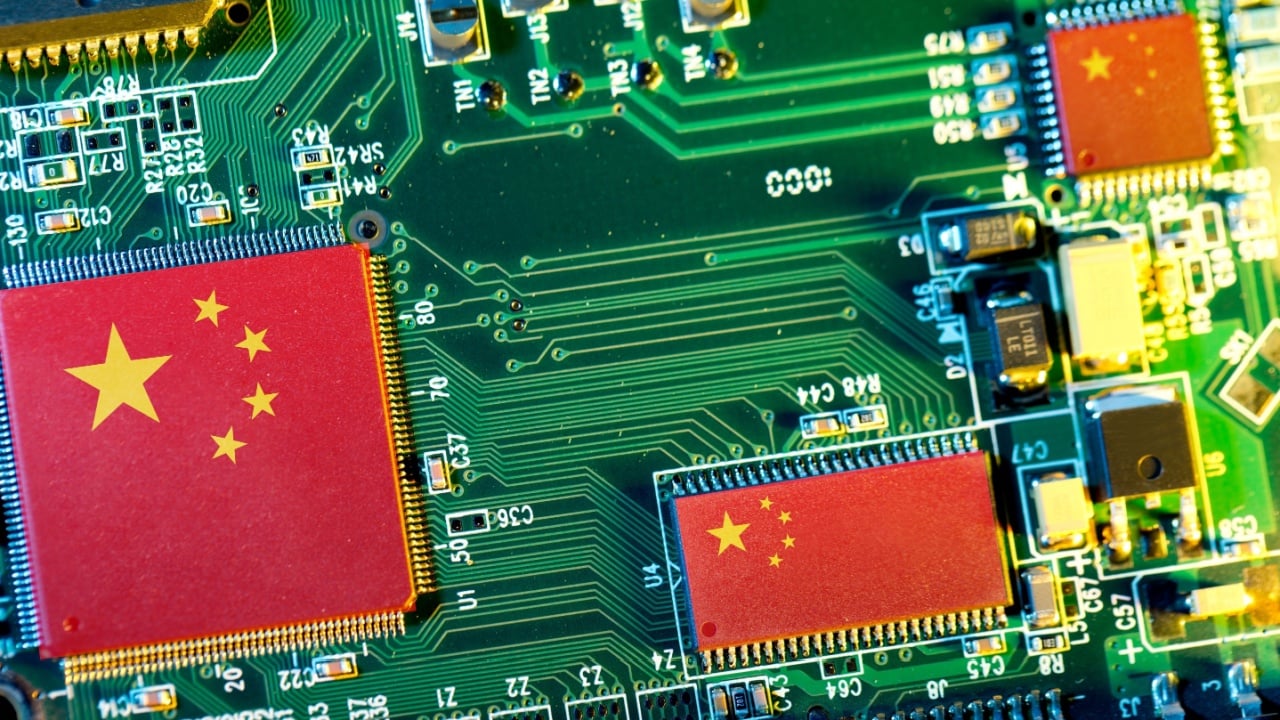
How Donald Trump Can Undercut China’s AI Strategy
There is a short window for President Trump and Congress to reassert U.S. competitiveness on artificial intelligence (AI) and undercut China’s strategy before it cements its economic and geopolitical influence for a generation to come. Beijing and Washington are already in an AI race with the highest stakes for our economic and national security. Thankfully, innovation is in America’s strong suit. Open-source AI is how the United States can compete with China in both cost and capability. President Trump and his national security team, led by Rep. Mike Waltz (R-FL) and Senator Marco Rubio (R-FL), can embrace the competitive advantages of open innovation so that America will unquestionably win the AI contest with Beijing.
China is on pace to spend more than $1.4 trillion by 2030 in its strategy to become the world leader in AI and other emergent technologies. Additionally, it is releasing AI models that are already competitive with the best American models. In November, the Chinese company Alibaba released its latest AI model, “Qwen,” which beat the best U.S. models in several performance benchmarks. According to CNBC, Alibaba’s models have been downloaded 40 million times since their initial release last year.
Open sourcing is an explicit part of China’s Global AI Governance Initiative. If China is allowed to set global AI standards, the CCP’s long history of censorship will be exported around the world. In one concerning example, Chinese generative AI chatbots censor topics by refusing to respond to questions about Tiananmen Square or falsely claiming that Taiwan is part of China.
Recent administrations have tried and failed to keep advanced chips needed to develop powerful AI out of the hands of Chinese companies. Still, a committed adversary like China will always seek advantage where possible. Chinese companies have reportedly used U.S. cloud providers to get around bans on accessing chips and are hiring AI teams in the United States, in part to access these chips within our borders and evade controls.
There are four core elements to a successful open-source AI strategy that President Trump and Congress can implement.
First, the Trump administration should encourage federal agencies and the public sector to adopt freely available open-source models in their AI tools and products, or at least not prefer proprietary or closed models over open-source ones.
Second, America must be prepared to push back on other countries that are seeking to punish American innovation through restrictions that would target U.S. models while protecting their domestic ones.
Third, Congress must step up by pre-empting any state laws with federal policies or legislation so that the United States doesn’t end up with a patchwork of incompatible state laws that limit American innovation. This would stop future harmful, anti-innovation bills, like California’s SB1047, which was fortunately vetoed this Fall before it could be enacted.
Fourth and finally, leaders in Washington should avoid placing export controls on generative AI, which would prevent U.S. companies from releasing open-source models.
U.S. restrictions on open-source models will only disadvantage the United States and its allies while doing nothing to slow China’s momentum. Access to the latest AI developments and models is critical for our national security. The U.S. military and Intelligence Community are already using U.S. open-source AI to gain tactical and strategic decision advantages. Large language models can identify patterns within source intelligence reporting, accelerate the speed and accuracy of battlefield decisions, and expose terrorist financing or identify cyber vulnerabilities before attacks happen. Slowing down our advances in this technology is not an option.
Instead, the United States should focus on holding off China’s AI advancements by restricting its access to the chips and computing power needed to train AI models. An AI researcher noted that China’s latest models show that it has the raw data and talent to train large models, but it will need more specialized technology and chips to solidify its lead at the top.
To win the tech race, America must lead in both open and closed-source AI models. Each approach has its unique advantages, but to beat China, we need to foster both. Some argue that closed models are more secure, but that’s not the case. Every year, China steals more than $500 billion in trade and tech secrets from the United States, and well-resourced states like China can easily gain access to closed-source models.
“Closed” doesn’t mean secure, and proprietary AI models could easily end up in Chinese hands through IP theft, insider attacks, or other means. Open-source AI has several benefits for the United States and our allies because it makes us more competitive in the global economy through open-source models, making AI technology more accessible—especially for smaller developers and researchers who are challenging the status quo.
Open source also fosters economic growth because it drives competition, spurs homegrown innovation, and increases consumer choice. Open source can also make products safer because more eyes can mean fewer faults: a wide community is providing ongoing feedback and scrutiny, which isn’t possible when a company makes their AI proprietary through selling access.
As history has demonstrated, open-source technology typically becomes the global standard over the closed alternative. AI will be no different. The AI standard that emerges will become embedded in the financial, e-commerce, infrastructure, manufacturing, and communications systems of the future. The domains and industries AI affects are too consequential for the United States to ever fall behind an adversary, including China. The incoming Trump administration is positioned to ensure the United States leads on this front for decades to come.
Alexander B. Gray served as deputy assistant to the president and chief of staff of the White House National Security Council (2019-21) and special assistant to the president for the defense industrial base (2017-18).
Image: Billion Photos / Shutterstock.com.


